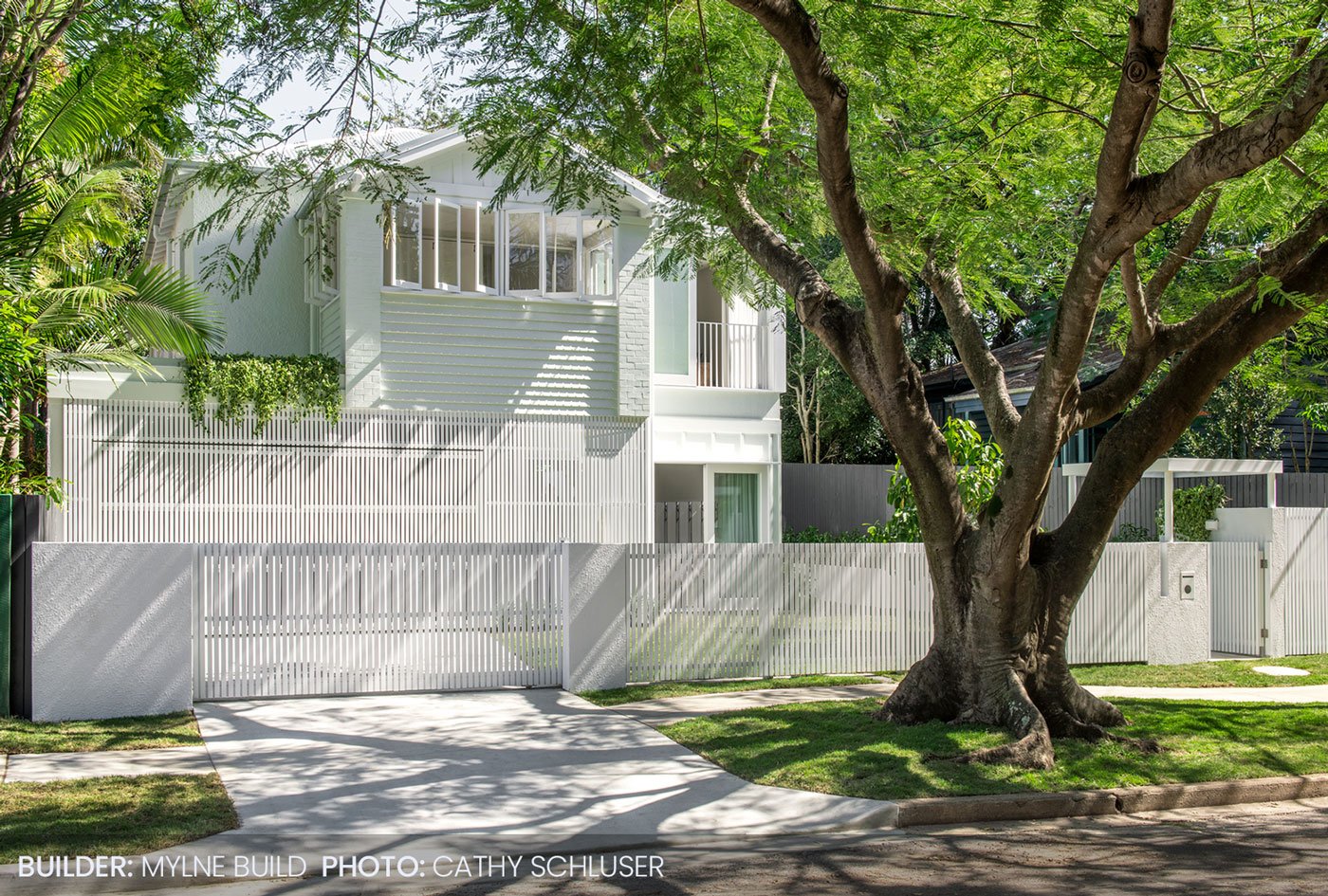Our Services
House raising services involve lifting a house from its existing foundation and creating a new or improved foundation beneath it.
This process is often employed to protect a home from potential flood damage, add an extra level, or rectify structural issues. It's a complex task that requires specialised skills and experience to ensure safety and accuracy.
House Raising Services
Rise House Raising provides trusted, reliable services throughout South East Queensland and Northern New South Wales.
FAQs
If you have other questions please get in touch, our team is happy to assist.
-
House raising involves lifting a house from its foundation and installing a new foundation or modifying the existing one to elevate the structure.
-
Common reasons for raising a house include preventing flood damage, creating additional living space, creating a habitable downstairs living space, repairing a damaged foundation, or relocating the house.
-
Yes, when done by experienced professionals using the right equipment, house raising is a safe process.
-
The house raising process usually takes 2.5 – 4 weeks, dependant on the size of the house, the extent of elevation, and other factors.
-
The cost of raising a house varies depending on factors like size, location, if house position is being moved i.e. slid across and or forward or both and the height to which it is being raised. On average, it can range from $20,000 upwards.
-
The Queensland and Australian Governments have developed the $741 million Resilient Homes Fund to help Queenslanders across 39 local government areas whose homes were impacted by the 2021-2022 floods.
-
The Resilient Homes Program is providing financial assistance to homeowners to improve the flood-resilience of residential properties in the Northern Rivers.
-
No, it is not safe to live in the house during the raising process. You will need to find alternative accommodation until the house is restumped and services reconnected including new stairs.
-
Yes, house raising will affect plumbing and electrical services. Professionals will typically disconnect and later reconnect these services once house has been restumped to new height.
-
Yes, house raising is considered environmentally friendly as it prevents the need for demolition and new construction, thus reducing waste and resource consumption.
-
Yes, you will likely need a Development and Building approval from your local council. It’s important to check local regulations before proceeding, this can also include speaking with a local town planner and or certifier.
-
House raising entails the lifting of the entire building, whereas house levelling focuses on fine-tuning the foundation to achieve a balanced alignment. Often, restumping or relevelling a property falls within the scope of repairing the existing structure, and as such, may not require obtaining building approval from council.
-
No, if you have a brick home on slab this cannot be raised however a home with a brick skin on timber stumps can be.
-
The new height is determined based on factors like flood elevation levels, local regulations, and the homeowner's preferences.
-
Look for experience, licenses, insurance, references, and a detailed estimate when choosing a house raising company.
-
Yes, raising a house above the base flood elevation can significantly reduce flood insurance premiums.
-
Preparations include obtaining permits, disconnecting utilities, clearing the area around the house, and securing valuables inside the house.
-
House raising is common in areas prone to flooding or where homeowners want to add additional living space without expanding the house's footprint.
-
After the house is raised, the new foundation is constructed or the existing one is modified. Utilities are reconnected, and any necessary repairs or renovations are made. Finally, the area around the house is cleaned and landscaped as needed.







